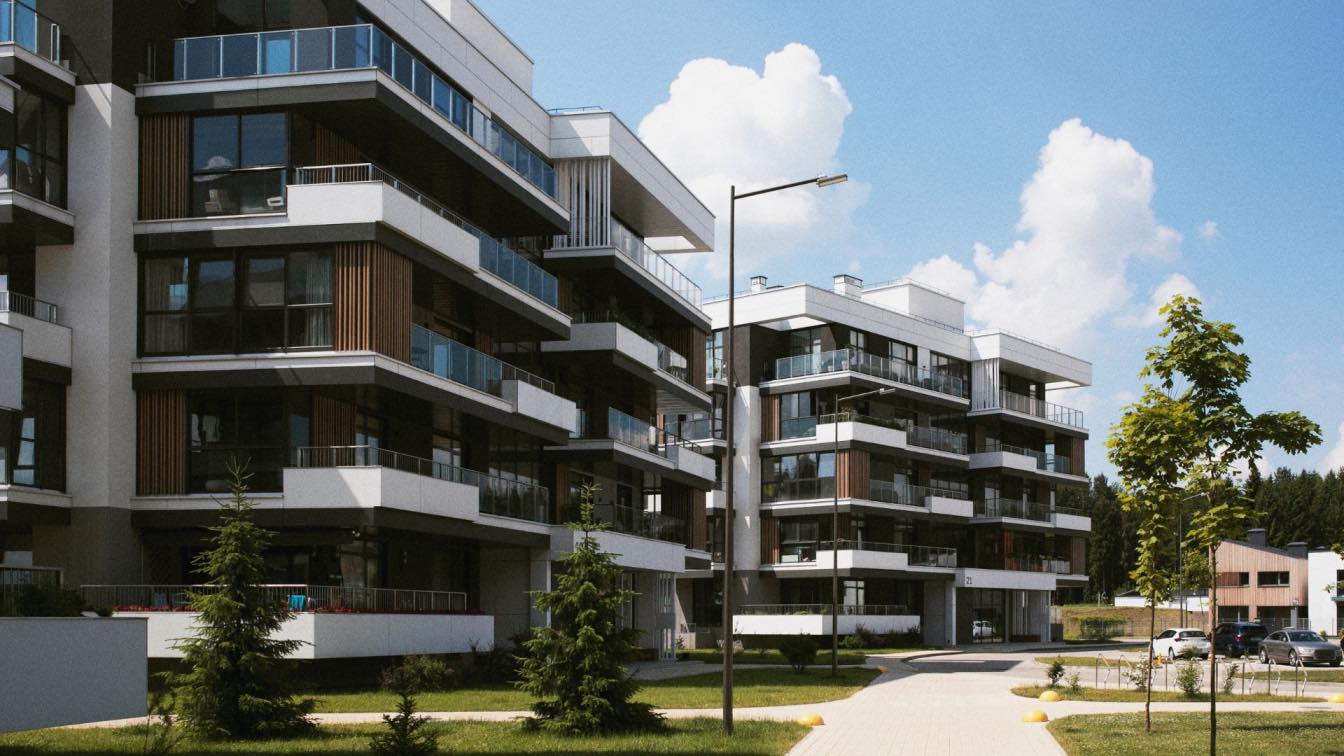Playground design may sound extremely fun, but it is also an important task. Many playgrounds can influence a child’s development by enabling them to grow their skills and knowledge of the world around them.
Whether you’re just getting started in playground design, or are a seasoned designer, here are some of the top tips from experts in the field to help you build the best playgrounds for miles around.
1. Safety First
Safety is one of the most important aspects of playground design. Not only will a safe playground prevent accidents from occurring, but it will also attract a higher number of children and their parents.
To make your playground a safe place to be, ensure that you have a sturdy perimeter fence to prevent young children from becoming lost with gate catches from retailers such as Screwfix, make sure that you have a soft landing for potential falls, and check for any exposed parts that children could slip on, trip or fall over.
2. Consider How to Utilise Your Space
The space you have to work with, and how you can utilise this to include the maximum amount of fun is essential for your playground’s success.
If you’re working with a smaller space, using equipment that is space efficient, but still leaves room for the children to run around, and play imaginative games is so important.
To do this, you might want to build upwards with towers, although there are height limits on equipment where a free fall is possible.
You could also use spray paint from retailers like Britannia Paint to create pictures on the floor, or games like hopscotch that encourage physical activity.
3. Take Into Account Age Range
The target age range of your playground is important for distinguishing how children might interact with the equipment, and what they are seeking to achieve from the play area.
For younger children, exploration in play is key, and will help them to better understand their senses, colours, and how their body moves.
For older children, imaginative play and exploration is important, and pre-teens will favour more physical and energetic play as well as space to socialise.
4. Inclusive Play for Everyone
Inclusive play is a fantastic way to help all children feel immersed in their play time, and can include different zones for socialisation and quiet play as well as accessible equipment that will give children equal opportunities to engage with their playtime and each other.
Inclusive play can help less able bodied children feel included in activities and in friendship circles, but can also be essential for neurodivergent children in helping them to explore textures, senses and self-regulation.
Companies like Creative Play offer a huge range of inclusive play equipment to help all children get stuck into fun activities and create lasting memories.
5. Make Your Playground Easy to Maintain
Playground maintenance costs are another factor to consider, especially if you’re building your playground for publicly funded ground. These playgrounds must be durable, strong and cheap to maintain for a long period of time to reduce costs for governing bodies.
To do this, you will need to design and build your playground to feature materials like metals and plastics that are hardwearing and weather resistant.
Do you have any tips for building playgrounds? Share your thoughts in the comments section below!





